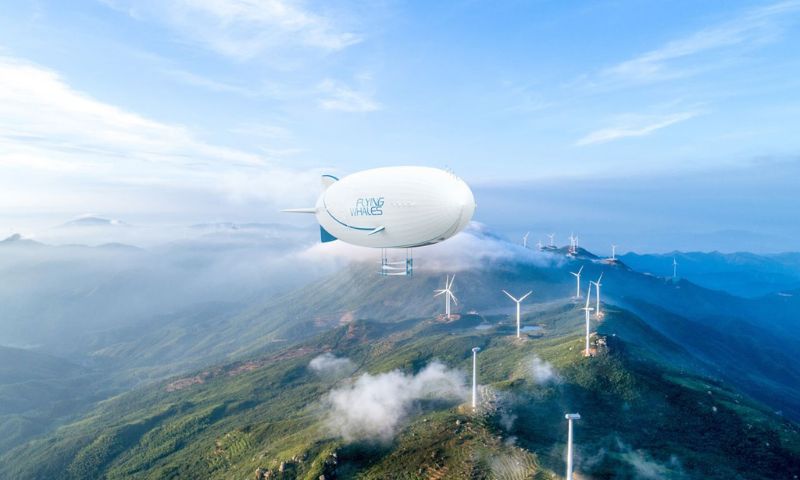Monitoring Desk
ISLAMABAD/PARIS: A new generation enormous size whale airship sailed across the sky, casting a shadow across the forest below. French aerodynamics firm Flying Whales hoped that its hybrid-electric, helium-lift barge vessel will alter the shape of sustainable transportation.
The airplane could help alleviate the problem of how-to carriage burden “when the basement is lacking, or simply does not abide at all,” according to Romain Schlack, Flying Whales’ arch of communications. “We are actively adding new possibilities to overall logistics while minimizing obstacles and problems on the ground.”
New-generation airship and technology
Airship technology has been all over for over 150 years and acquired acceptance in the aboriginal 1900s ferrying cartage and burden above acreage and ocean. But airships couldn’t accumulate up as airplanes became faster and further advanced. Then, in 1937, an airplane alleged the Hindenburg access into flames, killing 36 people, durably appearing the end of the aureate age of airships.
Around 90 years later, the hobby of the lighter-than-air carriage is resurrecting. Airships could be an acceptable band-aid for acumen above the globe, with low carbon emissions and no claim for big-ticket arena basements like airports or roads, because they can amount and unload burden while hovering.
Flying Whales is developing a 200-meter-long airplane that will be lifted into the air by 14 beef brimming with helium gas and then propelled through the air by a hybrid-electric arrangement powered by acceptable aerodynamic fuel.
The airships, which can carry at least two aggregation members, will be able to transport up to 60 bags of burden over the same distance as two to three bale trucks. Schlack declares that “flying whales” are advised to backpack heavy, beefy objects such as wind turbine blades, logs calm from rocky mountainsides, or architecture abstracts actuality delivered to remote, deserted locations. Airships could also carry food or aid after natural disasters if railways or anchorage are inaccessible.
In comparison to helicopters, which are commonly used for foreign cargo deliveries, Flying Whales claims that its airships will emit less than 10% of the carbon emissions while in operation – Furthermore, their bales arrangement preserves wilderness and countryside while still abutting small, rural communities to the greater all-around.
Flying Whales is not the only organization attempting to animate airships: other startups, such as LTA Research, which is backed by Google co-founder Sergey Brin, are also investigating this low-impact transportation solution. But a key question for the manufacturer is whether to fill the balloons with hydrogen or helium.
Hydrogen is less expensive, renewable, and has greater appropriation capacity than helium. However, it is extremely flammable and has been linked to disastrous airline disasters such as the Hindenburg. As a result, many companies, including Flying Whales and LTA Research, are using non-flammable helium.

























